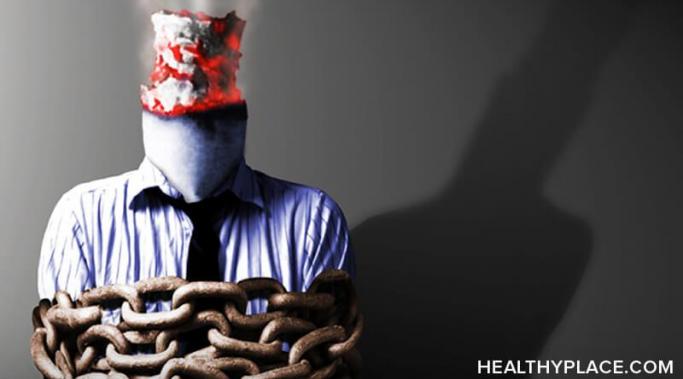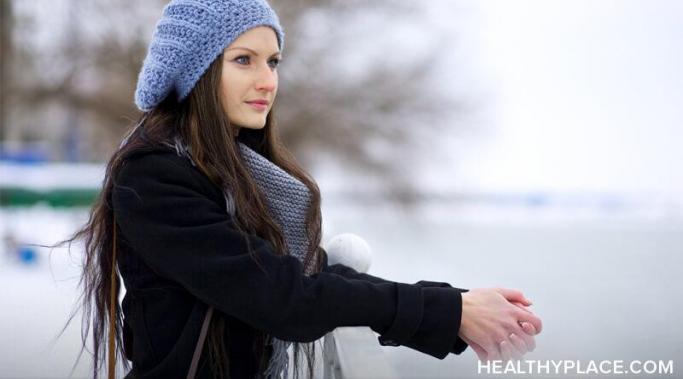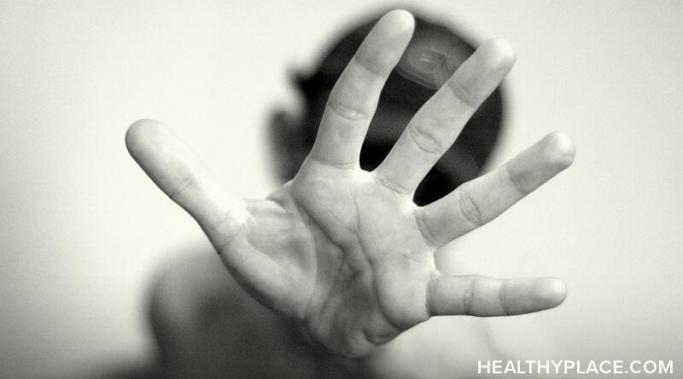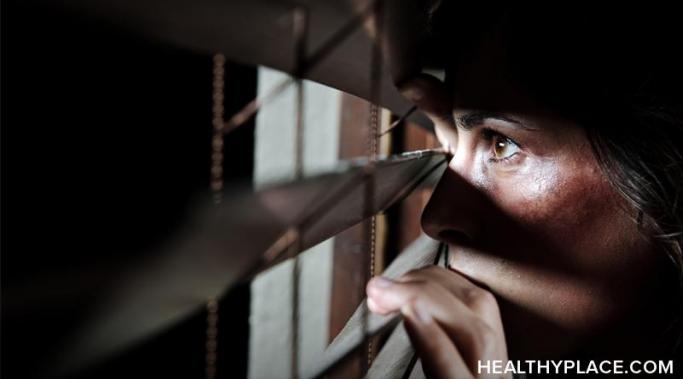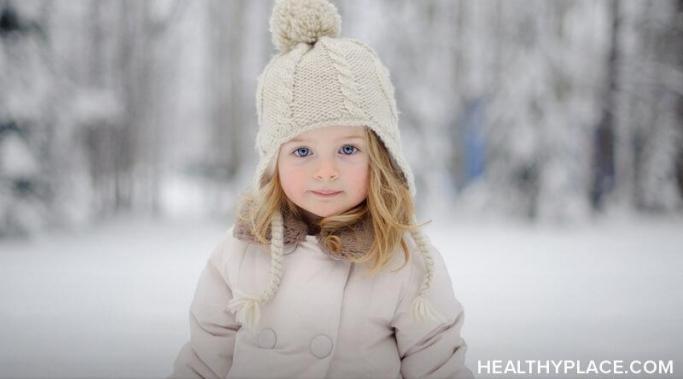I've been smoke-free since March of 2012—13 years after I was diagnosed with schizophrenia and 10 years after I was diagnosed with schizoaffective disorder. It was really hard and sometimes, even six years later, it is hard to remain smoke-free with schizoaffective disorder. But I’ve been able to do it. Here’s how.
Living with Schizophrenia
I have a schizoaffective disorder care plan for this part of winter because, a year ago in March, I completed an outpatient hospitalization program for my schizoaffective disorder. It was part of the deal I made with medical professionals after going to the ER for suicidal ideation. I learned a lot in the program and it was a positive experience, but I don’t want to do it again. Here are some things I’m doing in my schizoaffective care plan to stay out of the hospital as late winter approaches and I feel most vulnerable.
Staying sober with schizophrenia is important to me. Over a year ago, I quit drinking alcohol. I quit because it triggered my schizoaffective depression. I would get hypomanic and I would crash into a depressed mood when the wine wore off. I basically just gave it up one day and never looked back, but I do miss it from time to time. Here’s how I cope with staying sober with schizophrenia.
I have low self-esteem and schizophrenia (schizoaffective disorder). Unfortunately, I often feel very low self-esteem. I don’t know if it’s because of my schizoaffective disorder, but the schizoaffective disorder sure doesn’t help.
Recovery after my first schizophrenic episode crosses my mind each year in January. I like this time of year. Not only is the craziness of the holidays over, but everyone seems to slow down for a few months. Of course, I still have to be careful at this time of year because of my seasonal affective disorder (SAD). But I think I like January because, in January 1999, I recovered after my first schizophrenic episode.
Hearing voices in my head is something that happens to me often. I have schizoaffective disorder, bipolar type. This means I experience mood swings and crippling anxiety along with hearing voices. I know the voices in my head aren’t real, but they’re scary anyway. I heard schizoaffective voices in my heaed today. They started while I was on a train platform, waiting to go home from the hospital where I meet with my therapist.
Light therapy increased my schizoaffective anxiety but helps with my seasonal affective disorder (SAD). I am also taking vitamin D, and that plus using the light for 20 minutes every morning seemed to really help with the light deficiency of winter. But after a few weeks of light therapy, I noticed my schizoaffective anxiety was increasing. Here’s what I did about it.
I experience schizoaffective depression and must also cope with seasonal affective disorder (SAD). Seasonal affective disorder means just what it says – you suffer from clinical major depression more acutely in the winter. That happens to me. But I also get extremely anxious in the summer. Here’s how I'm coping with SAD and schizoaffective disorder, bipolar type.
I have schizoaffective disorder plus general anxiety disorder. General anxiety may sound like a mild condition but, for me, it can be torture. When I’m feeling extremely anxious, I often hear voices. And when facing my anxieties triggers schizoaffective voices, it becomes very hard to cope.
Experiencing holiday stress with schizoaffective disorder is understandable. Most people with mental illnesses like schizophrenia and schizoaffective disorder have a hard time around the holidays. There’s just so much pressure—to find everyone the perfect present or even to just weather holiday parties. But you can take charge. Here are some things I do to beat holiday stress, cope with schizoaffective disorder, and have fun, too.
